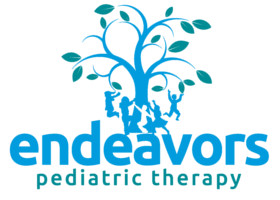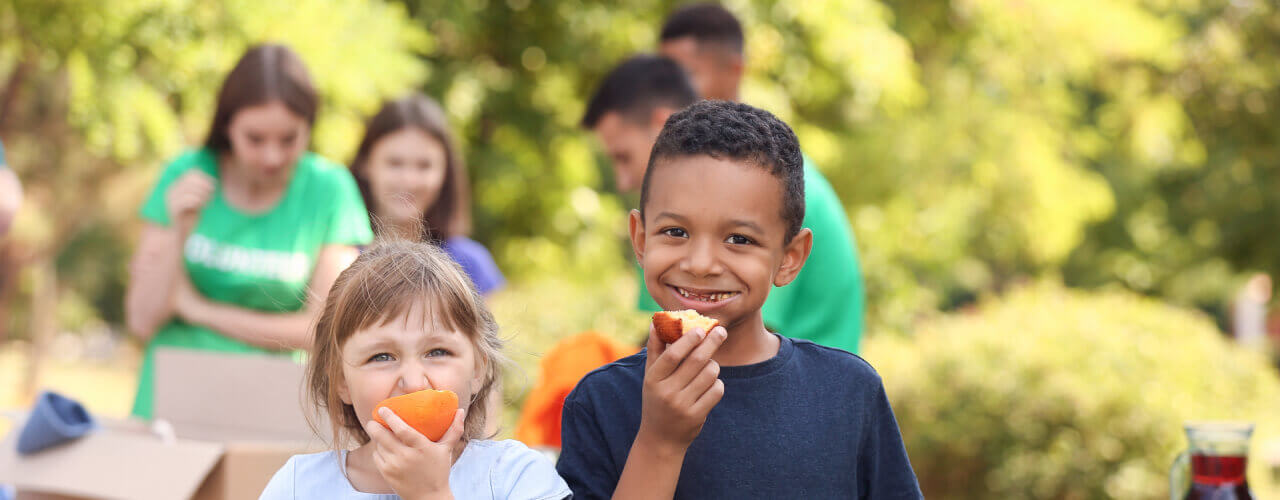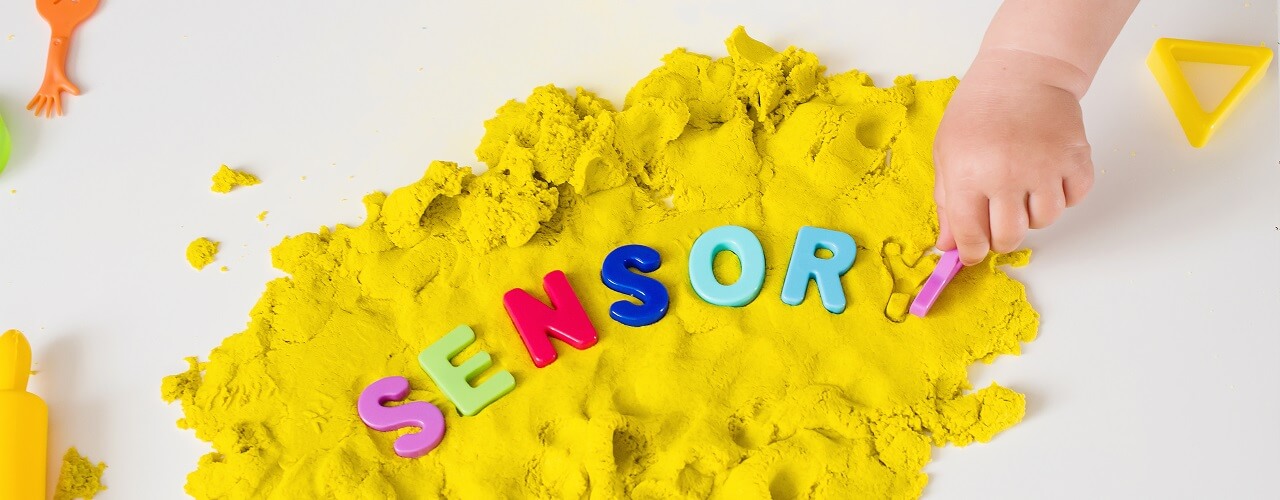Help Your Child Live His or Her Best Life with Nutritional Changes!
It is estimated that Attention-Deficit Hyperactivity Disorder (ADHD) affects three to five percent of all preschool and school-aged children, yet the role of nutrition plays in managing a child’s ADHD symptoms is not as cut and dry as you might think.
Even more surprising is the role physical therapy plays in ways children with ADHD perform in school and other situations where they have to pay attention for long periods of time.
Our innovative care strategies at Endeavors Pediatric Therapy Services will help you find quick relief. Call our office today to find out how our physical therapist can help your child manage their symptoms.
Tips for helping a child with ADHD navigate daily life
Parent involvement is essential for the combined treatment methods to work.
Our team can educate parents on how creating a structured environment will help keep the child on track.
Some actions you can take at home to promote healthy and positive behavior with your child include:
- Positive reinforcement. There are several techniques that our team, along with the child’s parents, employ to alter the child’s negative behavior at home and at school. One method is positive reinforcement. The basis of this technique is to catch the child doing something good and reward the behavior. The reward can be as simple as allowing for extra play time as a result of completing a homework assignment. This type of reward is a win/win, as it allows the child to recognize acceptable behavior and rewards a job well done with physical activity – two things that help tremendously with the treatment of ADHD.
- Better sleeping habits. Getting enough sleep each night will help your child stay focused during the day. Bedtimes need to be consistent with a wind-down period beforehand. Consistent daily exercise as prescribed by our movement specialists can help with this, as exercise will allow your child to release his or her energy and welcome sleep at the end of the day. A relaxing bath and/or story before bed may also be good rituals to start, as they can help your child wind down. Avoid screen time before bed since this may make it difficult for the child to become sleepy.
- Daily routines. Set up predictable rituals at home to help your child know what to expect. Hang up a schedule for your child to view, creating a visual for what time he or she is waking up each morning, doing homework, exercising, playing, bathing, eating meals, and going to bed. In the beginning of the treatment plan, it may be best to keep afterschool activities to a minimum to avoid overwhelming the child. Our integrated care team can help you set this up this daily routine schedule after your child’s treatment plan has been created.
Nutrition and ADHD
Studies have shown that nutrition can play a big role in the way your child functions. As stated by Healthline,
“Nutritional deficiencies can also affect behavior. One study concluded that taking a supplement of essential fatty acids, vitamins, and minerals led to a significant reduction in antisocial behavior, compared with a placebo.
Studies suggest vitamin and mineral supplements can also reduce antisocial behavior in children, and polyunsaturated fatty acids have been shown to decrease violent behavior.
Since foods and supplements may influence behavior, it seems plausible that they could also affect ADHD symptoms, which are largely behavioral.
For this reason, a good amount of nutrition research has looked into the effects of foods and supplements on ADHD.”
Every parent of a child with ADHD would love to think there is a magic formula for making their child’s attention or hyperactivity problems go away. For many people, the assumption is that there is something in their child’s diet that is causing their symptoms.
They may eliminate sugar, food dye or even wheat from their child’s diet in an effort to control their symptoms. However, medical research does not necessarily support the link between any one food item and ADHD.
Other parents feel that their child’s diet is lacking one or more vitamins that may be causing attention or hyperactivity problems. They may even go so far as to give their child supplements to “make up the difference” in their nutrition, but medical research does not support this link either.
Enhancing your child’s brain development
What research does support is the link between a healthy, balanced diet and the ability to perform daily tasks. For instance, research supports the link between eating a healthy, well-balanced breakfast and a person’s ability to do complex tasks.
The same research shows that eating rapidly digesting carbohydrates, fast food, saturated and trans fats and processed foods has a negative impact on a person’s ability to think, pay attention and reason.
However, these recommendations are for all people, not just children with ADHD. We should all eat a lot of fresh fruits and vegetables, some whole grains and adequate amounts of proteins and unsaturated fats.
So, why should I consider physical therapy for my child with ADHD?
Even though there is no magic diet for your child’s ADHD symptoms, that doesn’t mean you don’t have a way to help them pay attention.
Motor problems happen in 30-50 percent of all children with ADHD. However, these problems with strength, balance and mobility are rarely addressed in children because so much emphasis is placed on the emotional and social problems associated with the condition.
Still, using physical therapy to help a child have better balance, movement and mobility can relieve many problems we perceive as ADHD. For instance, a child who has problems with balance may be constantly shifting in their seat to send signals to their brain that they are still upright. Addressing the balance issues may also address what we perceive as hyperactivity.
Fortunately, a physical therapist is an expert in movement. Not only can they identify potential problems with your child’s motor skills, they can develop a physical therapy plan to address them.
Unlike physical therapy after surgery or for an injury, physical therapy for a child with ADHD may look a lot like playing games. A physical therapist will use play to help your child gain the skills they need to be able to sit upright in a chair, have better balance and move appropriately.
Ready to get your child started on a physical therapy treatment plan?
Even though there is no magic diet that will magically make your child’s ADHD symptoms go away, supporting their developing brain with proper nutrition can set them up for success.
However, adding physical therapy to their treatment plan can help address underlying motor problems that may be causing some of their symptoms.
Call our physical therapist today to see if physical therapy is right for your child.
Tags: health, ADHD, healthy tips, pediactric therapy



